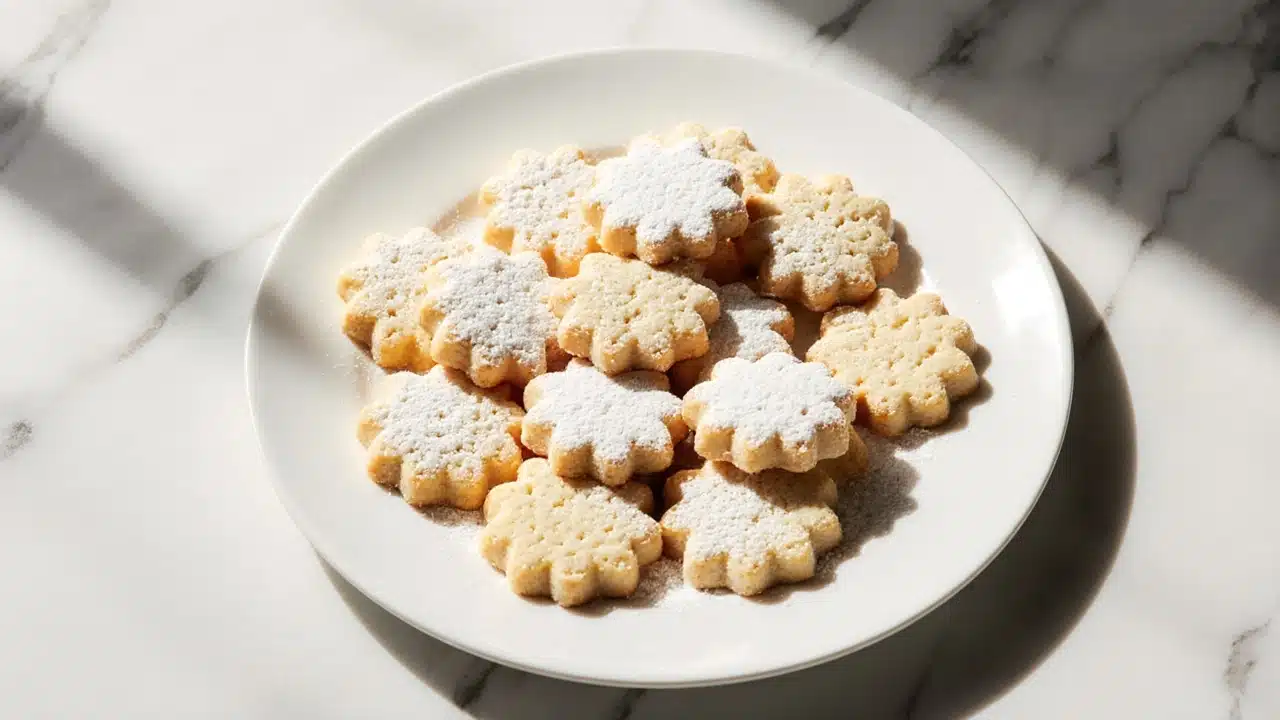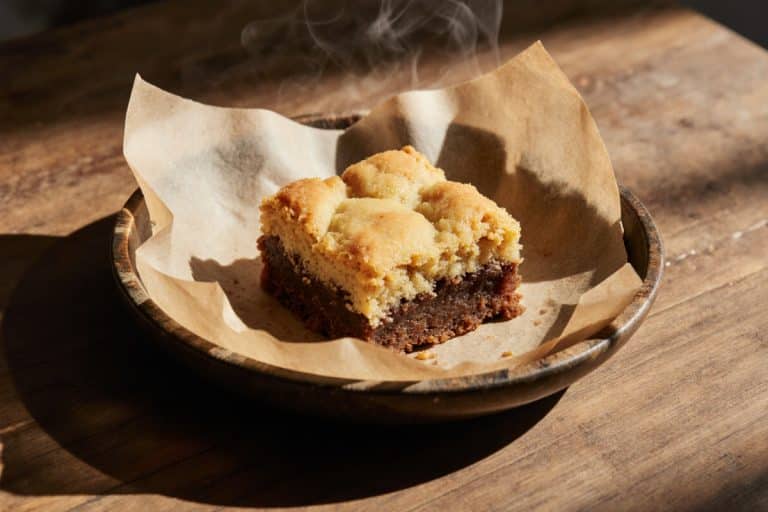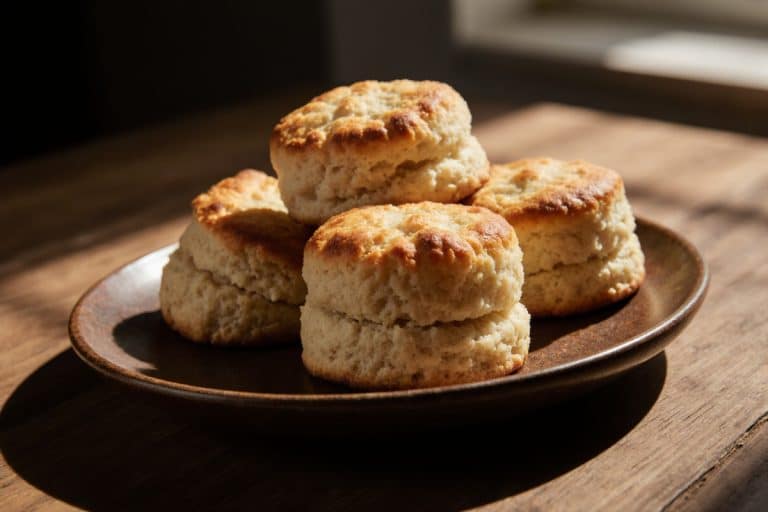Gordon Ramsay Shortbread Cookies: 5 Steps to Perfect Treats
When I first tried to make gordon ramsay shortbread cookies, my kitchen looked like a baking war zone. I had more flour on my shirt than in the bowl and instead of the light, buttery treats I craved, I ended up with dense, crumbly disasters that could double as projectiles. It took Gordon Ramsay’s tough love and his brilliant ‘3-2-1 method’ to save my hapless efforts. Spoiler: it’s all about the right ratios of flour, butter, and sugar, and the importance of chilling the dough properly — a lesson I almost learned the hard way (again).
Why This Technique Wins
You see, Ramsay’s technique is like the secret sauce of baking—it elevates your cookies from sad little lumps to glorious bites of happiness. The magic lies in the balance of flavors and textures. When you get it right, the gordon ramsay shortbread cookies are both crisp on the outside and melt-in-your-mouth tender inside. The ‘3-2-1 method’ ensures the buttery flavor shines through, making your cookies practically dance on your taste buds. And let’s be honest: who doesn’t want to impress friends with cookies that taste like they’ve come straight from a Parisian patisserie?
What I Got Wrong, And Fixed
Ah, the shame of my first attempts! I was throwing everything into the bowl like it was a late-night snack raid. Spoiler alert: a pinch of chaos doesn’t yield beautiful cookies. It took a few too many burnt batches and a stern talking-to from Ramsay’s YouTube channel to realize I was overworking the dough. I finally learned that over-mixing can turn your dream cookies into hockey pucks. Ramsay’s insistence on refrigerating the dough? Absolute game-changer. The first time I actually waited those excruciating 30 minutes, the cookies came out heavenly. Ramsay, you genius.
Tools That Actually Matter
Before you get too caught up in the cookie-making magic, let’s talk tools. You need a few essentials to avoid a kitchen catastrophe:
- Mixing Bowl: A good size for all that buttery goodness.
- Whisk: For creaming butter and sugar until fluffy—think of it as a workout for your arm.
- Rolling Pin: Because no one wants a lumpy cookie shape.
- Baking Sheet: Invest in a heavy-duty one; it’ll save you from cookies that stick and burn.
- Parchment Paper: The unsung hero that makes cleanup a dream.
The Ingredient Breakdown
Your cookie success rides on good ingredients, so pay attention here. Here’s what you’ll need:
- 1 cup (120 g) all-purpose flour: This is your backbone—dense flour can ruin your dreams.
- 2/3 cup (85 g) unsalted butter: Get this softened, it’s non-negotiable for creamy goodness.
- 1/3 cup (40 g) powdered sugar: This adds that sweet touch that makes them irresistible.
Using quality ingredients is crucial—don’t skimp or grab the first thing off the shelf. Your taste buds will thank you.
How to Make It Like Ramsay
To make gordon ramsay shortbread cookies, you’ll need 1 cup (120 g) all-purpose flour, 2/3 cup (85 g) unsalted butter, softened, and 1/3 cup (40 g) powdered sugar. You’ll also want a mixing bowl, a whisk, and a rolling pin for preparing the dough, along with a baking sheet lined with parchment paper. Start by creaming the softened butter and powdered sugar together until light and fluffy. Gradually add the flour, mixing until just combined. Be careful not to overwork the dough, as this can make the cookies tough. Once you’ve formed a soft dough, shape it into a disc, wrap it in plastic, and refrigerate for at least 30 minutes – this is the essential chill time for that perfect texture. Preheat your oven to 350°F (175°C) and roll out the dough on a floured surface to about 1/4 inch (0.6 cm) thickness. Cut into your desired shapes and place them on the prepared baking sheet. Bake for 15-20 minutes or until they’re just beginning to turn golden. Allow them to cool on a wire rack, and enjoy these delightful cookies with a cup of tea!
Busy Weeknight Adjustments
Life gets hectic, right? If you want to whip these up without a fuss, here are a couple of tricks. Swap out the unsalted butter for a margarine blend; it’ll save you some fridge space too. No time to chill the dough? Roll the cookies into balls and just flatten them lightly instead of rolling out the whole sheet. They may not be picture-perfect, but trust me, they’ll still be delicious!
Variations That Actually Work
Want to spice things up? Here are two variations that work wonders:
- Lemon Zest Shortbread: Add the zest of 1 lemon to the butter mixture for a citrusy kick.
- Vegan Version: Use coconut oil in place of butter—it’s plant-based and oh so tasty!
Serving Tips That Impress
Now that your gordon ramsay shortbread cookies are baked to perfection, how to serve them like a star? Stack them high on a beautiful wooden platter, sprinkle some powdered sugar over the top, and pair them with a lovely cup of Earl Grey. If you’re feeling extra fancy, add a few fresh berries for color and a touch of elegance.
Real Questions, Real Answers
Q: Can I use whole wheat flour instead of all-purpose?
A: You can, but be prepared for a denser texture. I’d recommend a mix to start.
Q: What if my dough is too crumbly?
A: A splash of cold water can help bring it back together—it’s like a dough lifesaver!
Q: How can I store leftovers?
A: Keep them in an airtight container at room temperature; they’ll stay fresh for about a week.
What It Tastes Like When You Nail It
Picture this: you bite into your freshly baked gordon ramsay shortbread cookies, and the crisp outer shell crumbles lightly, revealing a buttery, melt-in-your-mouth center. It’s an all-out flavor explosion that will make all those failed attempts worth it. Your taste buds rejoice in the rich, sweet, and slightly salty delight, and suddenly the kitchen mess is a distant memory. This is cookie nirvana!
Now It’s Your Turn
You’ve got the tools and the technique—now make Ramsay proud. For more bold classics, check out our desserts baking section.
Gordon Ramsay’s Shortbread Cookies
Ingredients
Equipment
Method
- Cream the softened butter and powdered sugar together until light and fluffy.
- Gradually add the flour, mixing until just combined. Be careful not to overwork the dough.
- Form a soft dough into a disc, wrap in plastic, and refrigerate for at least 30 minutes.
- Preheat the oven to 350°F (175°C) and roll out the dough on a floured surface to about 1/4 inch (0.6 cm) thickness.
- Cut into shapes and place on a baking sheet lined with parchment paper.
- Bake for 15-20 minutes or until just beginning to turn golden. Allow to cool on a wire rack.








